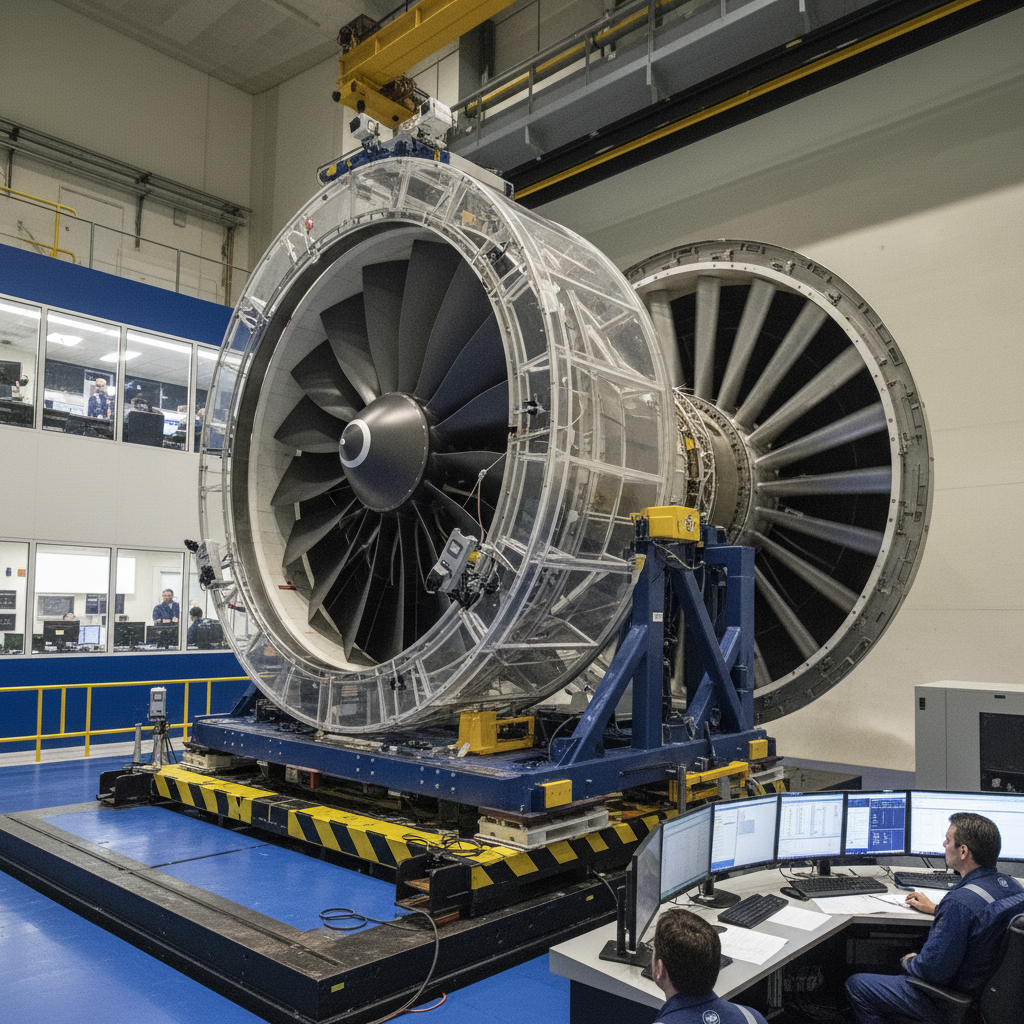Physical Address
304 North Cardinal St.
Dorchester Center, MA 02124
Physical Address
304 North Cardinal St.
Dorchester Center, MA 02124
Global aviation news tracker
Global aviation news tracker

CFM International is advancing safety work on its open fan engine as regulators push for new certification rules.
The open fan engine is a high‑visibility design for next‑gen sustainable aviation; CFM International (the GE–Safran joint venture) is focusing on blade‑out risks and containment strategies as it moves toward commercial deployment in the early 2030s. Regulators including EASA (European Union Aviation Safety Agency) and the FAA (Federal Aviation Administration) are part of those conversations.
As of October 2025, CFM and industry partners have been testing concepts that could let exposed fan blades run safely without a traditional nacelle. Open fan engine layouts put rotating blades outside the engine core to boost propulsive efficiency, but that exposed hardware creates unique certification and operational questions engineers must resolve.
Engineers are pairing structural containment ideas with system‑level mitigations — from blade design and containment rings to flight‑control and operational procedures. The goal is to meet stringent safety targets while preserving the fuel‑burn and emissions advantages that make the open fan attractive for mid‑to‑long‑range airliners.
CFM’s work is a hybrid of hardware testing and rules development. That process typically takes years, so engineers and regulators are mapping tests, failure scenarios and acceptable operational mitigations now to avoid delays later. Aircraft manufacturers and operators will also weigh in once test data emerges, since implications range from maintenance checks to routing and ETOPS (Extended‑range Twin‑engine Operations) planning.
For Gen‑Z and millennial flyers watching aviation’s green transition, the open fan engine represents a visible, mechanical step toward lower fuel burn — but it comes with a front‑loaded safety and certification chore. If regulators and CFM converge on robust containment and mitigation methods, the technology could be a cornerstone of more sustainable airliners in the early 2030s without compromising passenger safety.